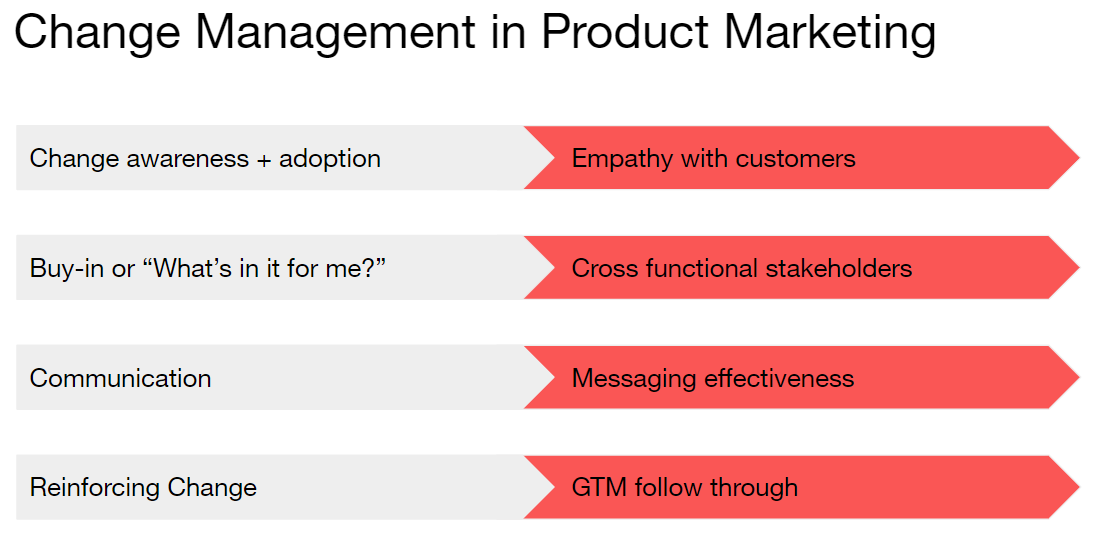WRITTEN BY ERICA FOSTER & DARIUS LATHAM, FLUVIO CONSULTANTS
What is Change Management and why should I care?
When people think about change management they usually think of reorganizations, people getting fired, or the movie Up in the Air. It makes sense that change is associated with those things, but the reality is that it’s so much more than that.
Technically, change management is defined as:
change man·age·ment
noun
the process, tools and techniques to manage change to achieve a required business outcome.
An approach for ensuring that changes are thoroughly and smoothly implemented, and that the lasting benefits of change are achieved.
But really the punchline is, change management adds structure to change. Why? Because change is hard.
Humans are creatures of habit. We do not like to change the way we do things, for many reasons – the simple biology of the brain recognizing patterns, comfort, fear of the unknown, habits we’ve formed, and so on.
This is especially true in organizations. Most organizations will fail to implement a change successfully because:
No one plans for it, they just simply say “Okay, now do it different.”
There’s a lack of participation and buy-in from the right people
Communication isn't happening across the organization
There’s not enough training or resources for those expected to change
There’s too much change in a short period of time (aka change fatigue)
Change has failed in the past, and people have been burned
Change management frameworks, tools, and processes exist to help guide an organization through change in a way that mitigates the pain for people, identifies resistance to changing, and ultimately helps make sure the change sticks around.
4 ways you can apply change management principles to product marketing
There are a lot of change management principles that you can apply to product marketing, since we’re always trying to drive incremental change.
For example, we’re constantly introducing new communication through messaging and launch narratives. Or introducing new ways of doing things, like how we want sales to pitch our products, or how we want customers to buy our products.
The very nature of what we do as product marketers is extremely cross-functional and we have a ton of stakeholders to bring along for the ride.
Empathy with customers
Product Marketing is understanding our customers and the market. Listen to them, really hear them, and plan for their emotional response.
Takeaway: Remember, humans are creatures of habit. We don’t like change. What can you anticipate and plan for?
Cross Functional Stakeholders
We speak to customers simply, in a way they understand, but we don't always remember to do that with our peers internally when building cross-functional collaboration and buy-in.
Takeaway: Remember to take people on a journey, bring them along for the ride.
Messaging Effectiveness
You may live and breathe your messaging, but internal teams and the market need to hear a message at least 8x before they remember it.
Takeaway: Memorable messaging + repetition is key.
Go-to-Market Follow Through
Insights, feedback, and reinforcing desired behavior and beliefs post-launch is more important than the launch itself.
Takeaway: Without the follow through, you've just had a successful moment in market.


